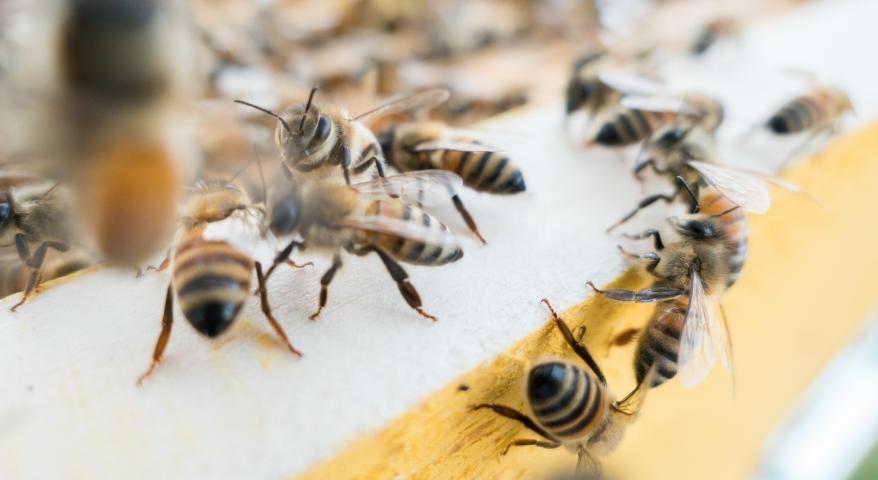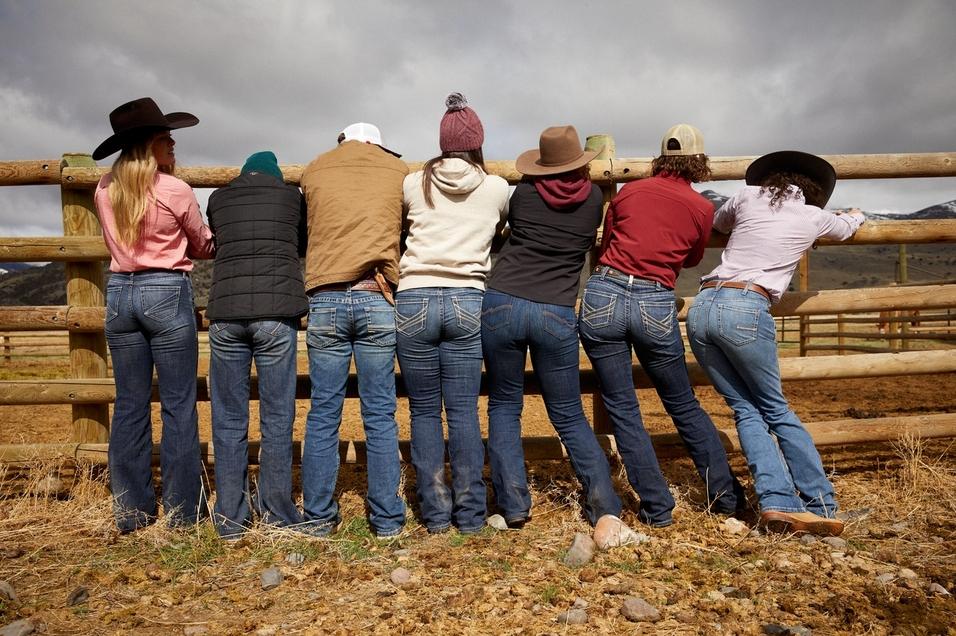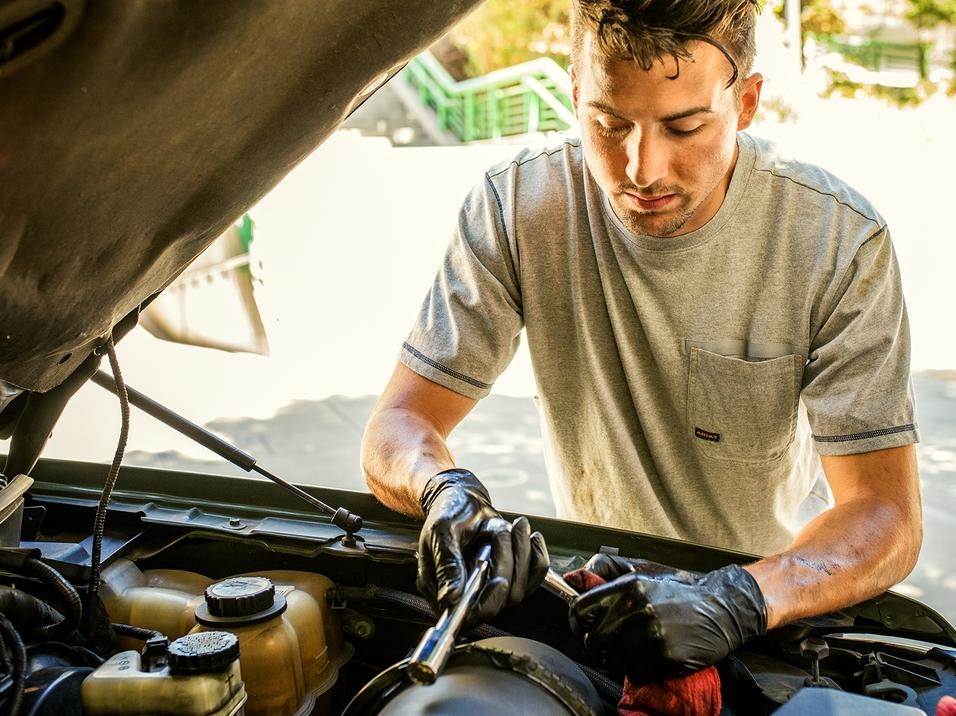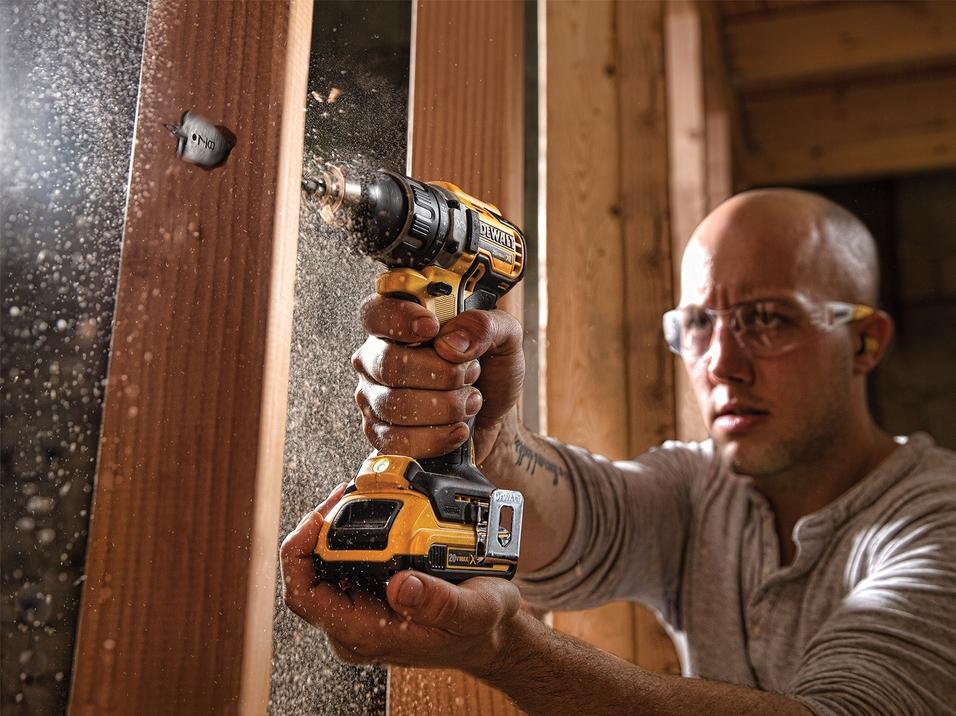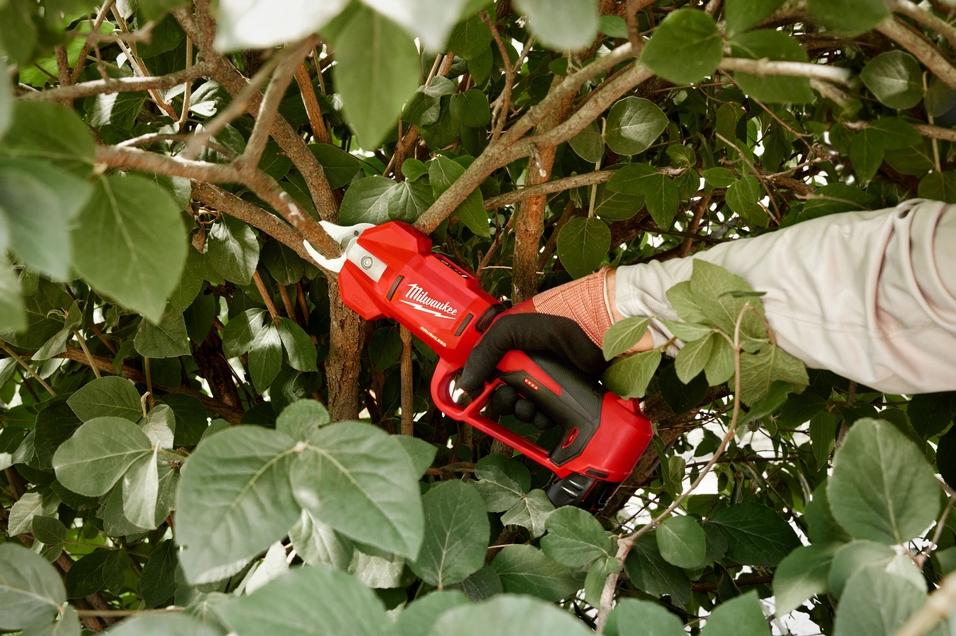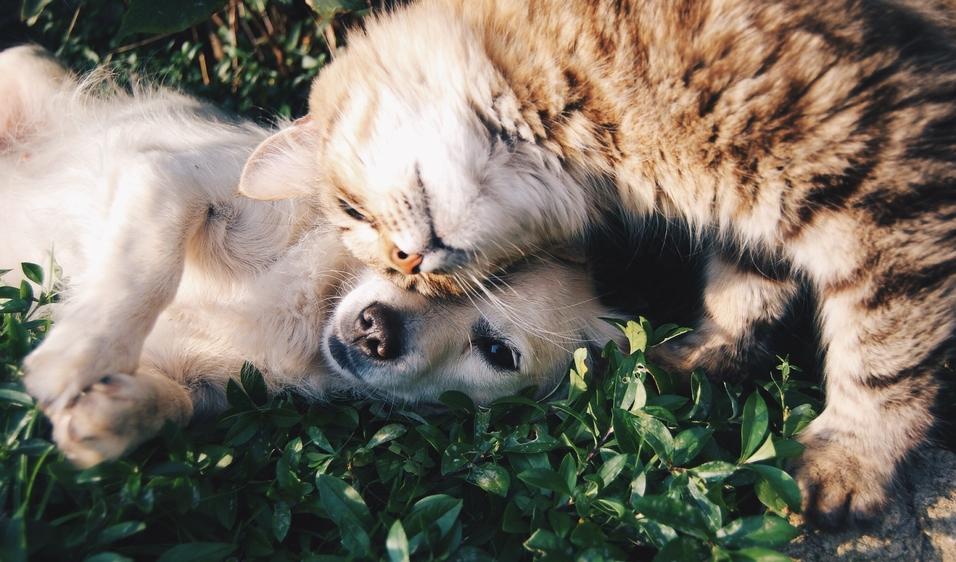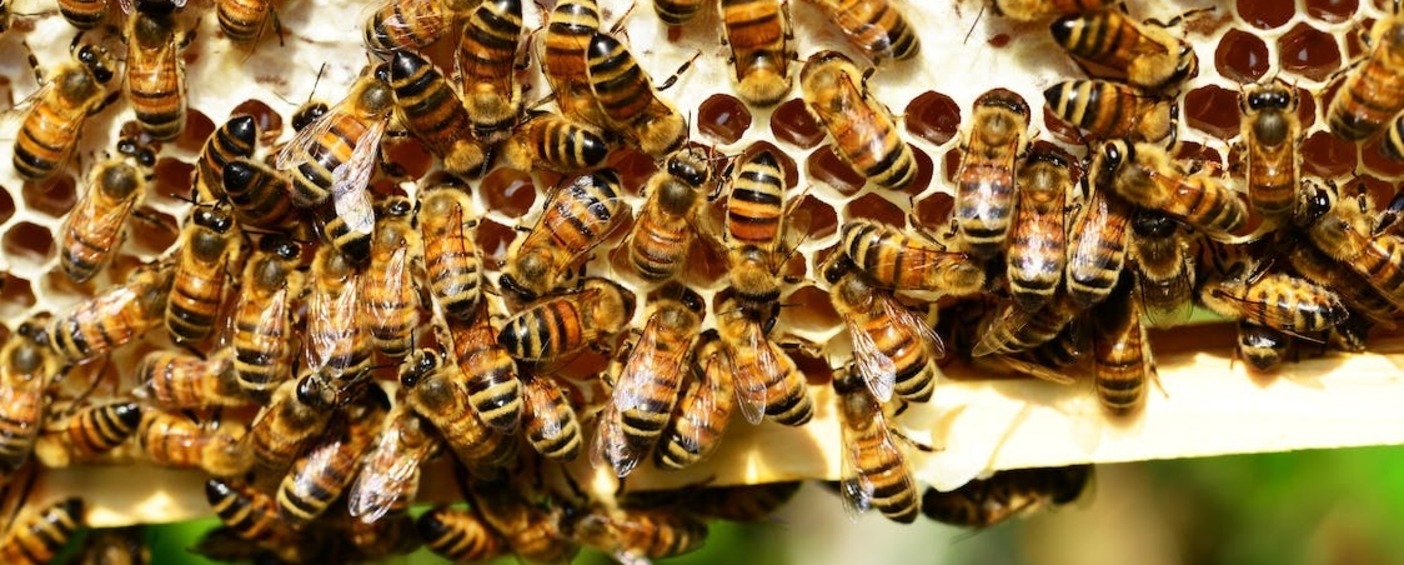
Mar 1, 2024
Beekeeping for Beginners -- The First 10 Days with Your New Beehive
Day 1
A typical shipment of honey bees for one hive is a three-pound package of bees with one Queen. When you're introducing a relatively small colony into a new hive, the bees will need to put all their resources into drawing out a new honeycomb so the Queen bee can lay eggs and produce more Worker bees. The comb is also used for storing pollen and honey.
To help the bees draw this comb as quickly as possible, provide them with sugar syrup so that they do not have to forage for food during this critical time. Sugar Syrup Recipe 1 part organic cane sugar 1 part hot water Mix in a jar with a solid lid, shake to dissolve and let it cool before giving it to the bees.
Before you install the jar on the hive, swap the solid jar lid for one with many perforations. While establishing the new hive, the bees will drink a quart of syrup a day. One way to subdue bees is to puff some cool smoke into their hive. The smoke disorients them. Each time you head out to check on your hive, light up a smoker. Fill it with fuel, light a match, close the lid, and use the bellows to encourage burning. This cotton fuel makes nice, cool smoke. Always keep your hive tool (for gently prying frames out of the hive) and bee brush (for gently sweeping bees off of things) with you. Set up your hive stand, solid bottom board, feeder, and first brood box, then add your own sugar syrup. Remove the three innermost frames to create a space to pour in the new bees. Using a clean bottle of water, mist the bees lightly to prepare them for being transferred into their hive. The mist weighs them down and makes them easier to move.
Packaged bees typically come with a can of syrup that the bees have been eating in transit. Gently lift the can out of the box and set it aside. Reach into your bee shipping box and pull out your Queen cage. Brush off any bees on the cage so you can see the Queen. Verify that she is alive and set her aside. Now, you're going to pour your bees into the hive. You may need to give the box a hearty shake to get the bees to fall into the hive. There will be some bees left in the box. Set it down on the ground facing the hive entrance. The remaining bees should find their way into the hive.
After a few minutes, the bees should be on the foundation and out of the bottom of the hive. Once this happens, gently place each frame back into the hive. Remove the tack on the end of the Queen cage, slide a finger over the end - don't let the Queen escape! - and insert the Queen candy halfway in to the hole. Bend this piece of metal to hook it over the top of a frame.
TIP: The Queen cage must stay attached to the frame. If the cage falls, the colony will likely reject and kill the Queen. We suggest using a flat thumbtack on the frame to ensure the cage is securely attached. The screen of the queen cage should face down into the hive. The bees will eat away at the sugar candy for 2-3 days to release the queen, at which point the colony should accept the queen as their own. Place the inner cover on your hive, then the outer cover -- and leave the bees alone for eight days
DAY 2 to 3
The Queen candy should be gone by now and the Queen should be out in the hive. But don't look! The worst beginner mistake is to open the hive too often and too early. This can slow down the bees' progress and, worse, accidentally roll or kill your Queen. The Queen and the other bees spend these days acclimating to their new surroundings.
DAY 5 to 7
The Queen should be laying eggs that look like tiny bits of white rice. If you later find that your Queen has not laid eggs, contact your bee supplier for a new Queen.
DAY 8
On Day 8 you can take the covers off the hive, gently lift the outermost frame out of the hive, and slide the center frame towards the edge. This will allow you to lift out the center frames without crushing any bees, especially your Queen. When you hold a central frame up to the sun, you should see eggs. They're little white dots, a smidge smaller than a grain of rice. When you see these, you know your Queen is laying and you're off to a good start! If you don't see any eggs, replace the frames and wait for two days. Gently set the central frames back inside the hive, slide the frames inward, and place the 8th empty frame back in on the edge.
DAY 10
After 3 days eggs turn into grubs (larvae). If you did not see any eggs (they are easy to miss) you can check now to see if any that escaped your notice have made the transition to the grub stage (where they look like small shrimp). Eventually their cells will be sealed with wax caps and they will do one more metamorphosis and become pupae. The Queen will be laying in one area, surrounded by dark cells filled with pollen. Some distance away will be cells filled with sugar syrup -- later on the Worker bees will fill other cells with honey.
Future Timeline
Add the second one once the bees have filled up most of the frame in the first brood box. After both brood chambers are nearly full of comb, you'll be ready for your Queen excluder and honey supers, one by one.
Beekeeping Supplies & Information
We have all you need in our Beekeeping Supplies section, from beehives to those white beekeeper suits (you'll never have to dream up a Halloween costume again) -- everything but the honey bees themselves. Just plain curious about all things bees? You can't do better than Beekeeping Books. These books will tell you some fun facts, or to help you get your backyard buzzing.
We have all you need in our Beekeeping Supplies section, from beehives to those white beekeeper suits (you'll never have to dream up a Halloween costume again) -- everything but the honey bees themselves. Just plain curious about all things bees? You can't do better than Beekeeping Books. These books will tell you some fun facts, or to help you get your backyard buzzing.
Now that you've got the buzz, go flying off to be a successful beekeeping beginner! Don't forget to pre-order your bee's from Shipton's Big R.
More Shipton's Big R Posts
